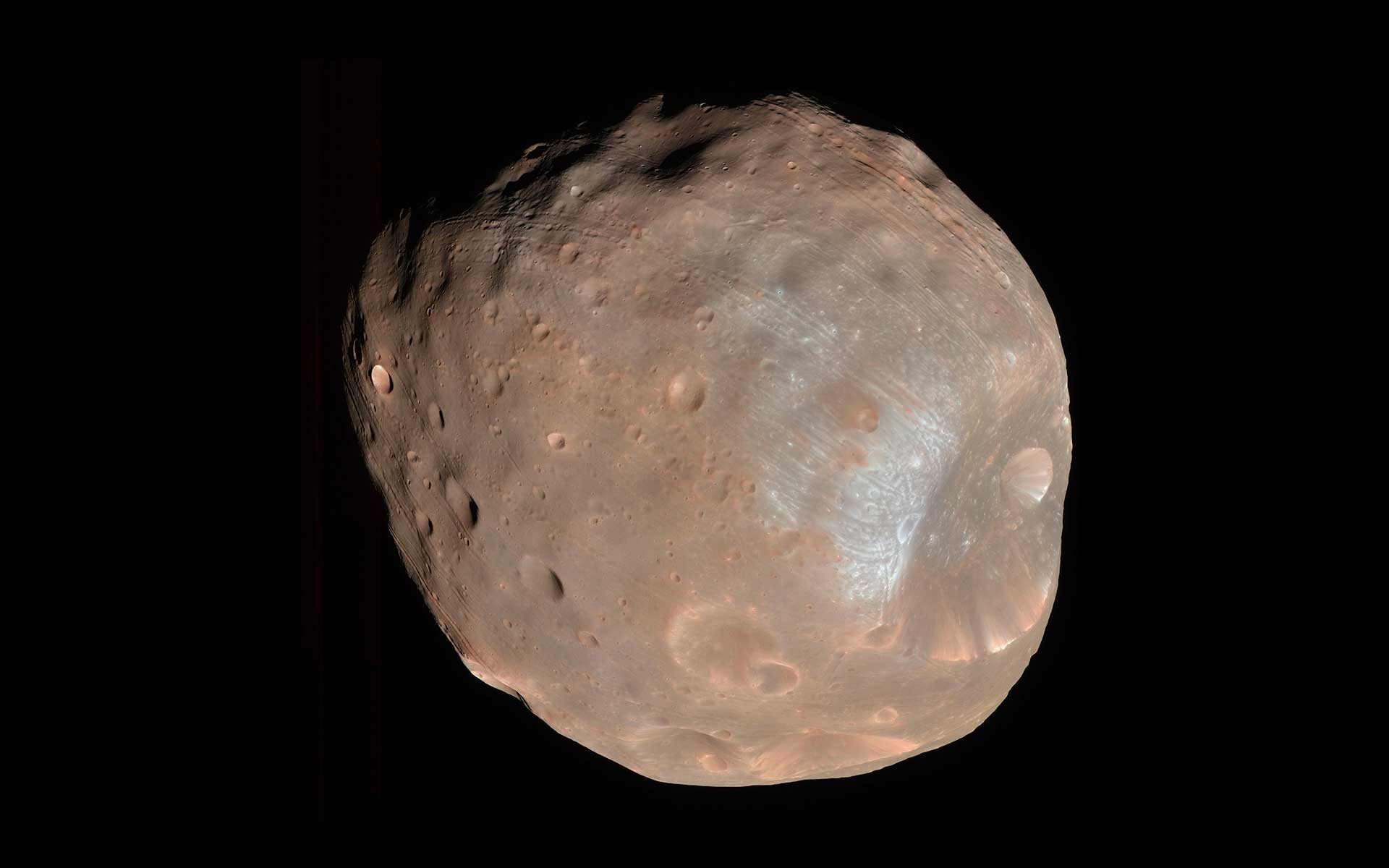Mars, often called the Red Planet, has captivated scientists and space enthusiasts for decades. But just how big is this celestial neighbor compared to our own Earth? This article delves into the size difference between Earth and Mars, exploring their radii, volumes, and surface areas to provide a comprehensive comparison.
A visual comparison of Earth and Mars highlights the significant size difference between the two planets. Phobos, one of Mars’ two moons can be seen in the foreground.
Earth vs. Mars: A Tale of Two Sizes
Mars is significantly smaller than Earth. Its radius is 2,106 miles (3,390 kilometers), roughly half of Earth’s radius of 3,959 miles (6,371 kilometers). To put it into perspective, if Earth were the size of a nickel, Mars would be about as big as a raspberry. This difference in radius translates to substantial differences in volume and surface area as well.
Delving into the Details: Radius, Volume, and Surface Area
-
Radius: As mentioned earlier, Mars has a radius about half that of Earth. This fundamental difference dictates the overall size disparity.
-
Volume: Volume, a measure of the total space occupied by a sphere, dramatically illustrates the size difference. Earth’s volume is considerably larger than Mars’. In fact, you could fit approximately six Mars-sized planets inside Earth.
-
Surface Area: While Mars has a smaller overall volume, its surface area is not proportionally as small. This is because surface area increases with the square of the radius, while volume increases with the cube of the radius. Despite being smaller, Mars still boasts a surprisingly large surface area to explore.
Deimos, Mars’ smaller moon, offers further context to the scale of the Red Planet. Its diminutive size underscores the vastness of space and the relative sizes of celestial bodies.
Why the Size Difference Matters
The size difference between Earth and Mars has significant implications for their respective environments. Earth’s larger size allows for a stronger gravitational pull, which in turn holds onto a denser atmosphere. This atmosphere plays a crucial role in regulating temperature and protecting life as we know it. Mars’ smaller size and weaker gravity resulted in a thinner atmosphere, making it a colder and more hostile environment.
Conclusion: A Smaller World with Big Discoveries
Mars, though smaller than Earth, continues to fascinate scientists with its potential for past or even present life. Understanding the size comparison between these two planets provides valuable context for ongoing research and exploration efforts. While Mars may be a smaller world, it holds big possibilities for scientific discovery. The stark contrast in size underscores the unique characteristics of each planet and highlights the diverse nature of our solar system.


